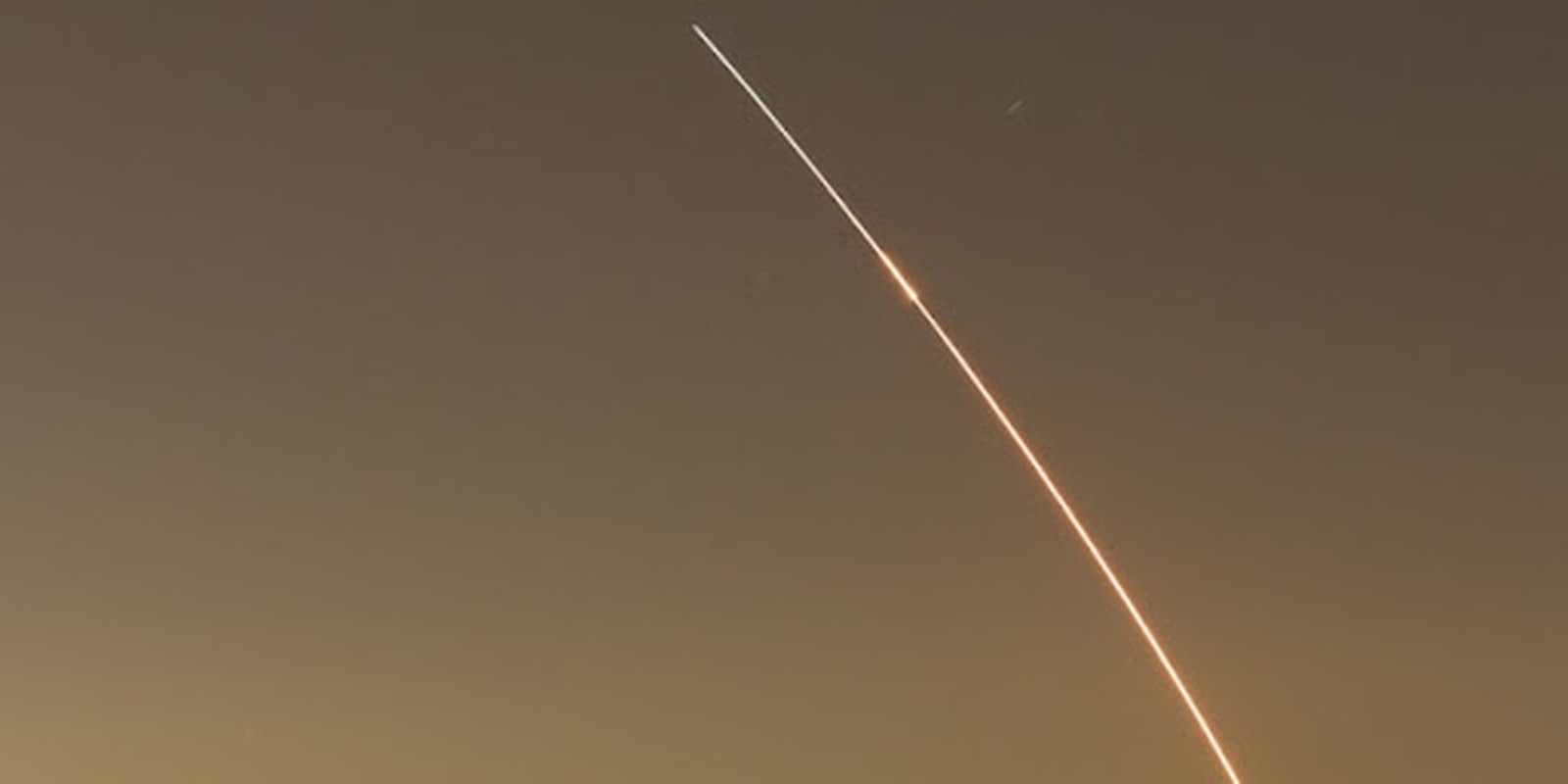It’s always fun when NASA decides to shoot some fancy, new lasers at the moon. They had a blast doing it with the Apollo program and as a part of International Observe the Moon Night in 2010, for example. But the latest laser-shot to the face comes from the LADEE (Lunar Atmosphere and Dust Environment Explorer) mission engineers.
To jog your memory, the LADEE is best known as the kamikaze spacecraft that upset a humble frog during its launch. So, it already had a pretty impressive resume before it even got to space.
Now, the lunar orbiter has helped set a new record for high-speed Internet. Starting on Oct. 17, scientists at the Goddard Space Flight Center have been running NASA’s very first laser communication tests. They’ve successfully transmitted data over the 239,000 miles between their ground stations and LADEE at a record-breaking 622 megabits/second download speed. That’s right: The fastest Internet connection in the world right now is actually not in this world. It’s encased in a laser-beam pipeline between the moon and Earth.
The LADEE laser tests have everything a futurist could want. For starters, there’s a poetic quality to establishing the connection itself, elaborated upon in the above video. Three ground stations keep tabs on the spacecraft by scanning its orbital path around the moon, essentially like a really high-tech flashlight beam. MIT’s LLCD (Lunar Laser Communication Demonstrator) perched atop the LADEE activates when it senses the scans, and returns its own beam. Having romantically found each other in the dark, the ground station and the orbiter can start chatting at historic speeds.
Perhaps more exciting than the experiments is their potential. These early tests represent the beginning of a revolutionary new approach to off-Earth communications and the extension of high-speed Internet to space. While the International Space Station crew members have adequate online access through Ku-Band (around 10Mbit/sec download and 3Mbit/sec upload), we’ll need better connections as we move farther beyond the ISS’s low Earth orbit.
Lasers are the obvious answer, as they outperform radio waves in several ways (though some scientists do question their safety). They can deliver six times the data load of top-of-the-line radio transmitters using 25 percent less power. Radio frequencies are also flat-out jammed these days. They have been so effective for the last 100 years that demand continues to increase even as capacity is limited.
Comparison of wavelengths via Goddard Space Flight Center
Read the full story on Motherboard. Photo of the LADEE launch via Jon Hanson/Wikipedia


